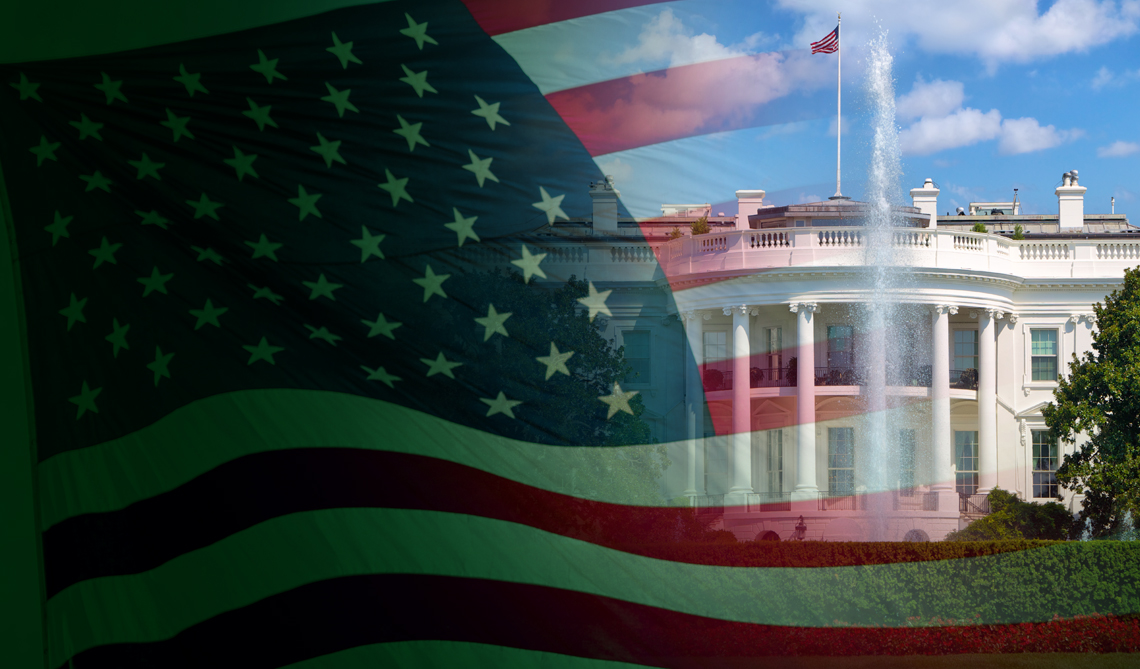
What Is Happening with the Parole In Place Program? Everything You Need to Know Por Serving Immigrants martes, 03 septiembre 2024 5 minutos de lectura compartir Un juez de Texas ha suspendido temporalmente el programa "Parole In Place" para cónyuges de ciudadanos estadounidenses. Explora el concepto ¿Qué es "Parole in Place"? "Parole in Place" es un programa que acelera el proceso para que los cónyuges extranjeros de ciudadanos estadounidenses obtengan un estatus legal. La decisión de suspenderlo supone un revés para la política de inmigración de Joe Biden, a pocas semanas de las elecciones presidenciales. Comprender el contexto La suspensión de "Parole in Place" El plan del presidente Biden, anunciado en junio, pretendía beneficiar alrededor de medio millón de inmigrantes irregulares en Estados Unidos. No obstante, el juez federal Campbell Barker, en Tyler, Texas, aceptó una demanda presentada por 16 fiscales generales de estados republicanos. Estos fiscales acusaron al gobierno de Biden de eludir la jurisdicción del Congreso y de implementar la medida con fines…Read More

Parole in Place: The Application Period Has Begun Don’t Miss Your Opportunity! Don’t Miss Your Opportunity! by Serving Immigrants Monday, 26 August 2024 7 min read share On Monday, August 19, the official application period for the Parole in Place program for spouses of U.S. citizens, announced by the Biden administration, began. If you want to verify your eligibility and receive experienced legal advice, it should be your top priority. Parole in Place (PIP) is a crucial option for immigrant families, allowing some spouses who are in the U.S. without legal status to regularize their situation while remaining in the country. Explore the Program and Its Benefits What is Parole in Place? Check out our previous article here to learn more about the program, its criteria, and how it can help you. How to Submit Your Application? To apply for Parole in Place, you must submit your application to the U.S. Citizenship and Immigration Services (USCIS). Ensure that you meet all the requirements and provide…Read More

Celebrating Success: Serving Immigrants debuts on the prestigious INC 5000 list. by Serving Immigrants Thursday, 15 August 2024 7 min read share We are pleased to announce that Serving Immigrants has been included in the prestigious Inc. 5000 list, which celebrates the fastest-growing private companies in the United States. This recognition not only marks a significant milestone in our journey but also underscores our ongoing commitment to excellence and innovation in the field of immigration. Celebrating Milestones An Achievement Highlighting Our Excellence and Growth Among the 5000 companies recognized, Serving Immigrants ranks 1483rd. This ranking is a testament to our growth and success in a highly competitive market. You can check our position and explore more details at the following link: Inc. 5000. Being part of the Inc. 5000 list is an immense honor. This ranking is awarded to companies that have demonstrated exceptional growth in revenue and impact, and we are thrilled to be in good company with other leading firms in the sector.…Read More
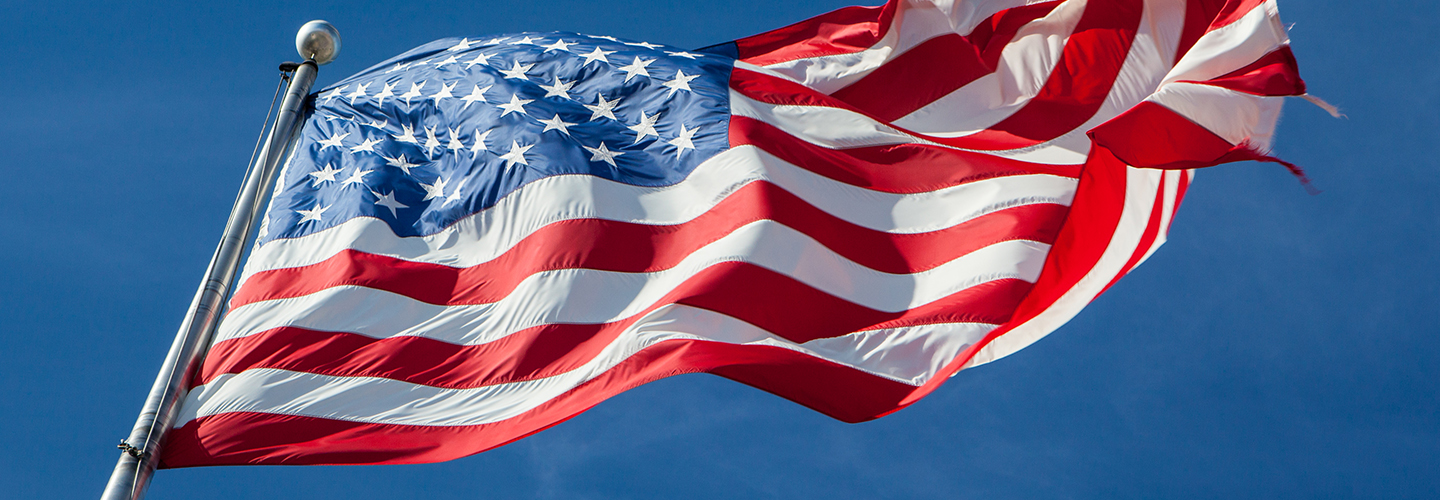
Presidenciales 2024: Posturas de los candidatosante la inmigración Al servicio de los inmigrantes miércoles, 07 agosto 2024 5 minutos de lectura compartir Las elecciones presidenciales de 2024 están a la vuelta de la esquina y, como cada ciclo electoral, la inmigración se perfila como un tema crucial que podría tener un impacto significativo en las políticas y en la vida de millones de personas. En este artículo, analizaremos cómo las propuestas de los principales candidatos pueden influir en el ámbito de la inmigración y por qué, independientemente de quién asuma el cargo, es esencial regularizar la situación migratoria. Enfoque reformista Kamala Harris Después de que el expresidente Biden se retirara, la vicepresidenta Kamala Harris ahora lidera el Partido Demócrata. El programa Biden-Harris apoya un camino hacia la ciudadanía para los inmigrantes indocumentados y mejores procedimientos de solicitud de visas. Su visión incluye modernizar el sistema para hacerlo más inclusivo y eficiente, abordando tanto la seguridad fronteriza como las necesidades de los trabajadores migrantes. Prioritizan la…Read More

Florida Governor Ron DeSantis has signed a new law that toughens penalties for driving without a valid license in the state, primarily affecting immigrants. The law, which comes into effect on July 1st, increases the maximum penalty for this offense from 60 days to one year in jail in cases of recidivism, with a minimum penalty of 10 days for those caught driving without a license for the second or third time. This legislation, known as HB1589, does not allow undocumented immigrants to obtain a legal license in Florida and is part of a more restrictive stance on immigration, according to the policies of Governor DeSantis. Additionally, the law also impacts licenses issued by other states that are specific to unauthorized immigrants and are not recognized as valid in Florida.Read More
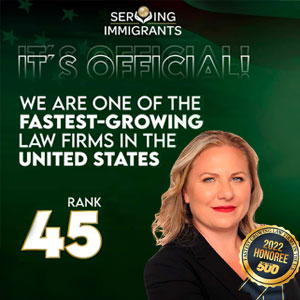
For almost 20 years, our team at Serving Immigrants has been dedicated to providing our immigration law services, resulting in many happy clients. In doing so, our commitment and focus have taken us on a fabulous journey of growth – both personally and for our business. We are pleased to announce that our law firm has been named a 2022 Law Firm 500 Honoree awarded to the Fastest Growing Law Firms in the US. Although this recognition is calculated on growth, it could not be possible without the continued operational excellence and commitment to client service exhibited by our team every day. We are ranked 45th on the 2022 Law Firm 500 and have grown 227%. This is the third consecutive year that Serving Immigrants has ranked on the list. Thank you so much to our loyal clients and partners who have supported us as we have grown. Serving Immigrants, Inc. is a dynamic, full-service immigration law firm that is dedicated to assisting immigrants and their loved ones with their…Read More

Magdalena Cuprys, founder and CEO of Serving Immigrants, a leading immigration law firm, is proud to announce her and her team’s presence as an exhibitor at the “Expo Brazil Orlando” business-to-business trade show. The event will take place on Saturday, March 25th, 2023, at the Osceola Heritage Park Convention Center in Orlando, Florida. Cuprys has 20 years of experience in the immigration law area, including helping businesses, investors, and other petitioners obtain the necessary documents and visas. Through Serving Immigrants, she has helped countless clients achieve successful outcomes in their legal matters. During the event, Magdalena and Serving Inmigrant will focus on the US businesses whishing to establish a connection with Brazilian nationals to improve their workforce and hiring process, as well as individuals who want information on how to be successful on their immigration. Expo Brazil is the largest trade show for Brazilian companies in the US. It brings together leading Brazilian businesses from across industries to display their goods and services. The exhibition…Read More
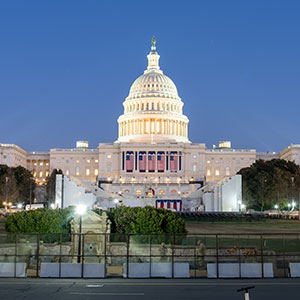
Two weeks after he announced that he would keep in place Trump’s limit of 15,000 refugees, President Biden announced that he would raise the limit of refugees allowed in the United States. This came after the president faced backlash for his original announcement. President Biden said he would now allow as many as 62,500 refugees into the United States over the next six months. This eliminates the sharp limits placed by Trump on the number of individuals escaping war, violence, or natural disasters from coming into the country. Backtracking Biden faced harsh criticism after his original announcement that he would keep Trump’s limits in place. Democrats and refugee advocates accused Biden of reneging on a campaign promise to welcome refugees in need. Biden quickly backtracked, announcing hours later his intent to increase the limit. His later announcement demonstrated that the president had finally bowed to pressure. Biden stated that the previous cap on refugees did not comport with America’s values as a nation to welcome…Read More

On June 22, 2020, President Trump signed an executive order suspending new H-1B, L-1, J, and other temporary work visas for the rest of the year. These work visas apply to skilled workers, managers, and executives. The goal is to protect half a million jobs to make up for the loss caused by the coronavirus pandemic. Affected Visas L-1 visas are primarily focused on managers and executives for large corporations who are looking to work in a division of their company overseas. H-1B visas apply to highly skilled workers and are an important part of the workforce in the tech industry. Other workers, such as au pairs who provide childcare, will also be affected by the ban. The order is not expected to affect visa holders who are already in the United States. Businesses are expected to oppose the measure which may have a detrimental effect on their workforce and ability to move employees around. Visas such as the L-1 and H-1B are used to…Read More
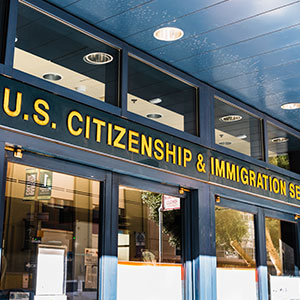
International businesses rely on L-1 visas to transfer certain employees from a foreign office to one in the United States. However, now the US State Department is tightening restrictions on L-1 visa transfers and making it more difficult to utilize these visas. L-1 Visas L-1 visas are used by companies with a parent/subsidiary, affiliate, or branch office in the United States to transfer employees to that office. L-1A visas are used to transfer qualified executives or managers. L-1B visas are used to transfer employees with specialized knowledge. The typical L-1 application process is done in two steps. First, an application is filed with the USCIS, and once that is approved, an application can be filed with the U.S. Embassy or consulate abroad. Transferring an employee can take some time. The application process typically takes between two to nine months. With the suspension of premium processing, there’s not much that can be done to get around the wait times. In addition, there has been an increase…Read More